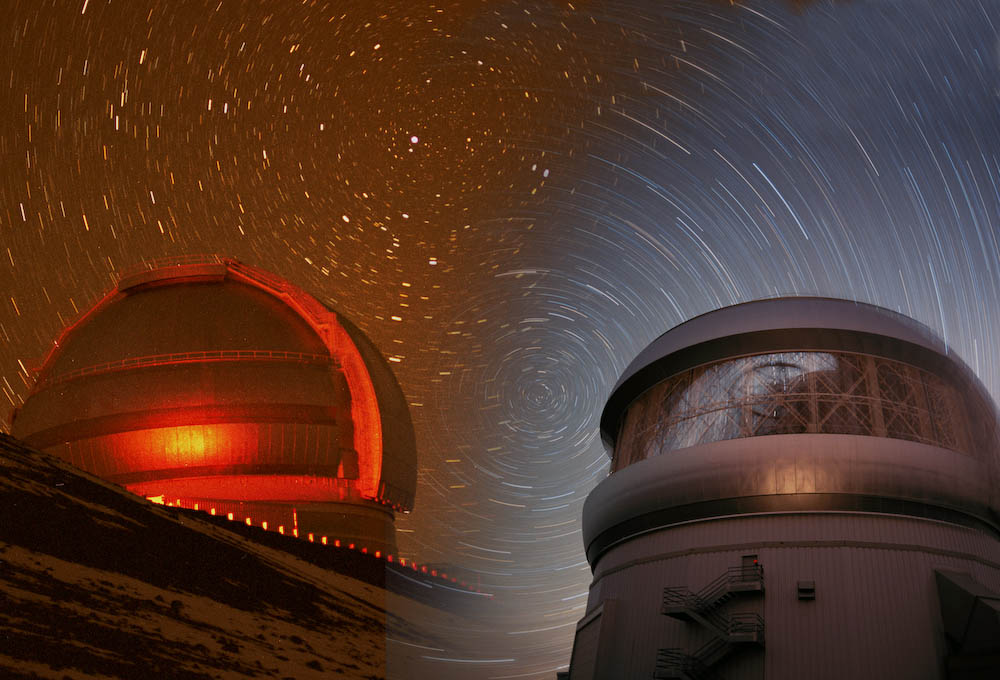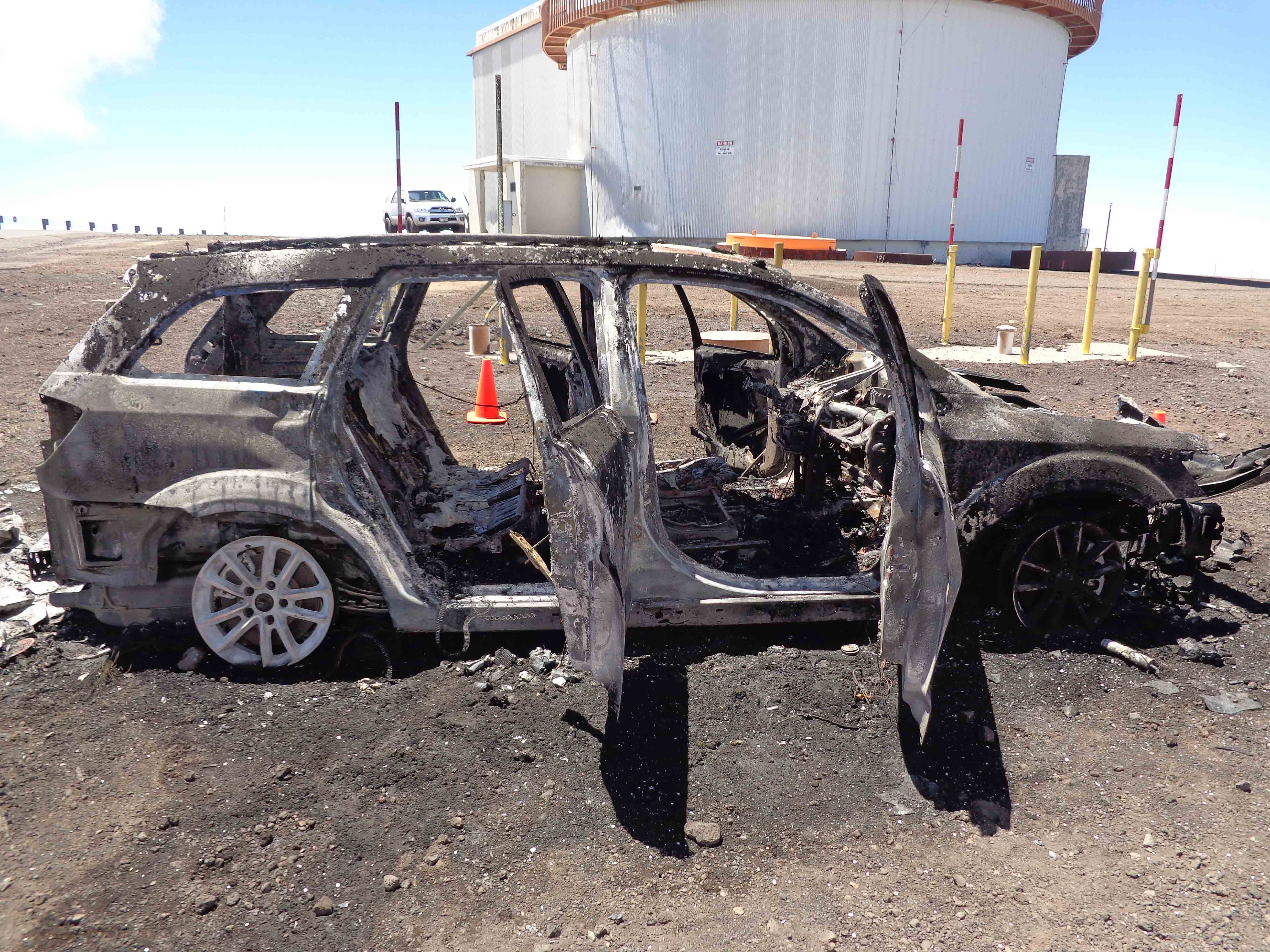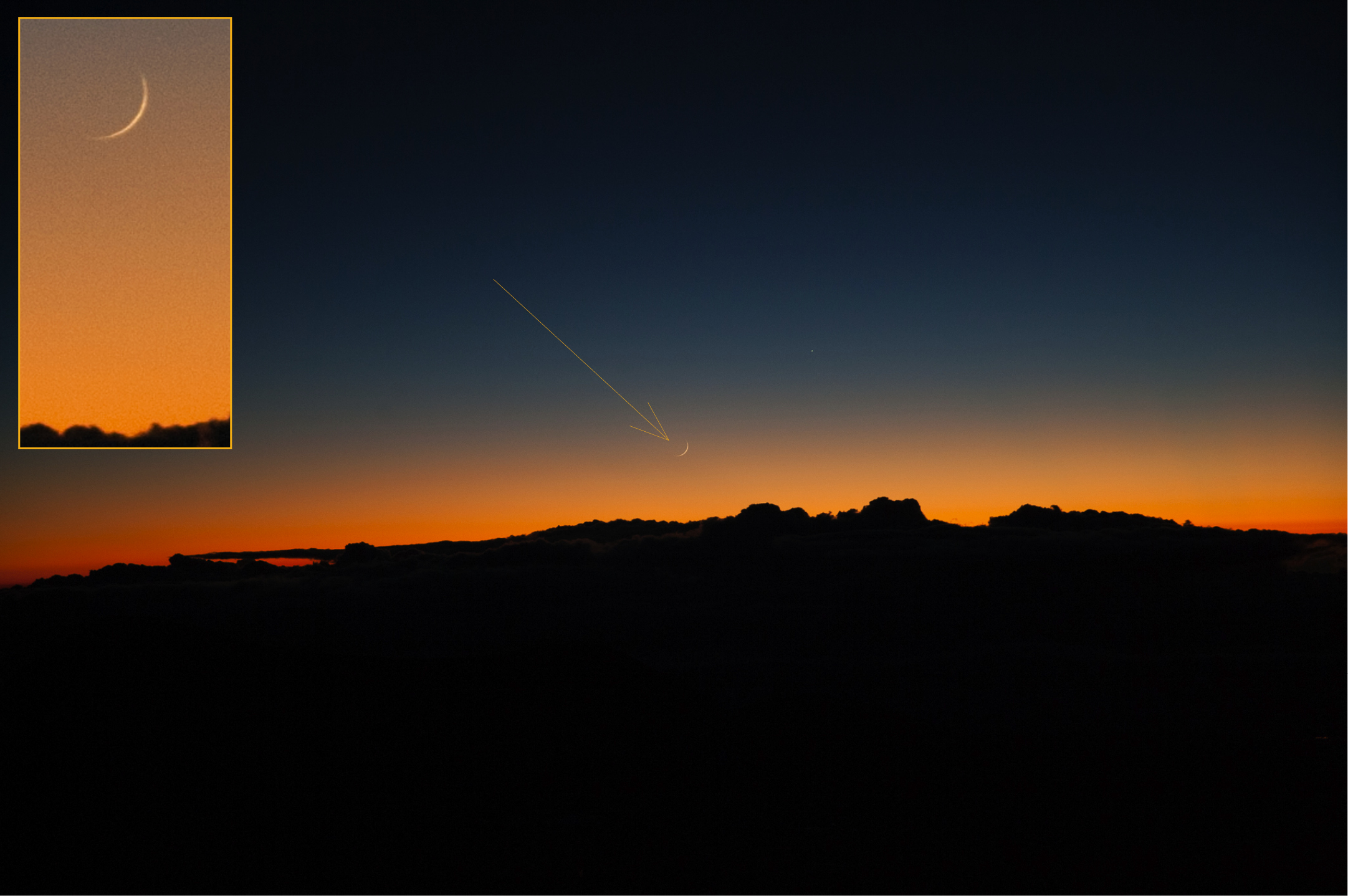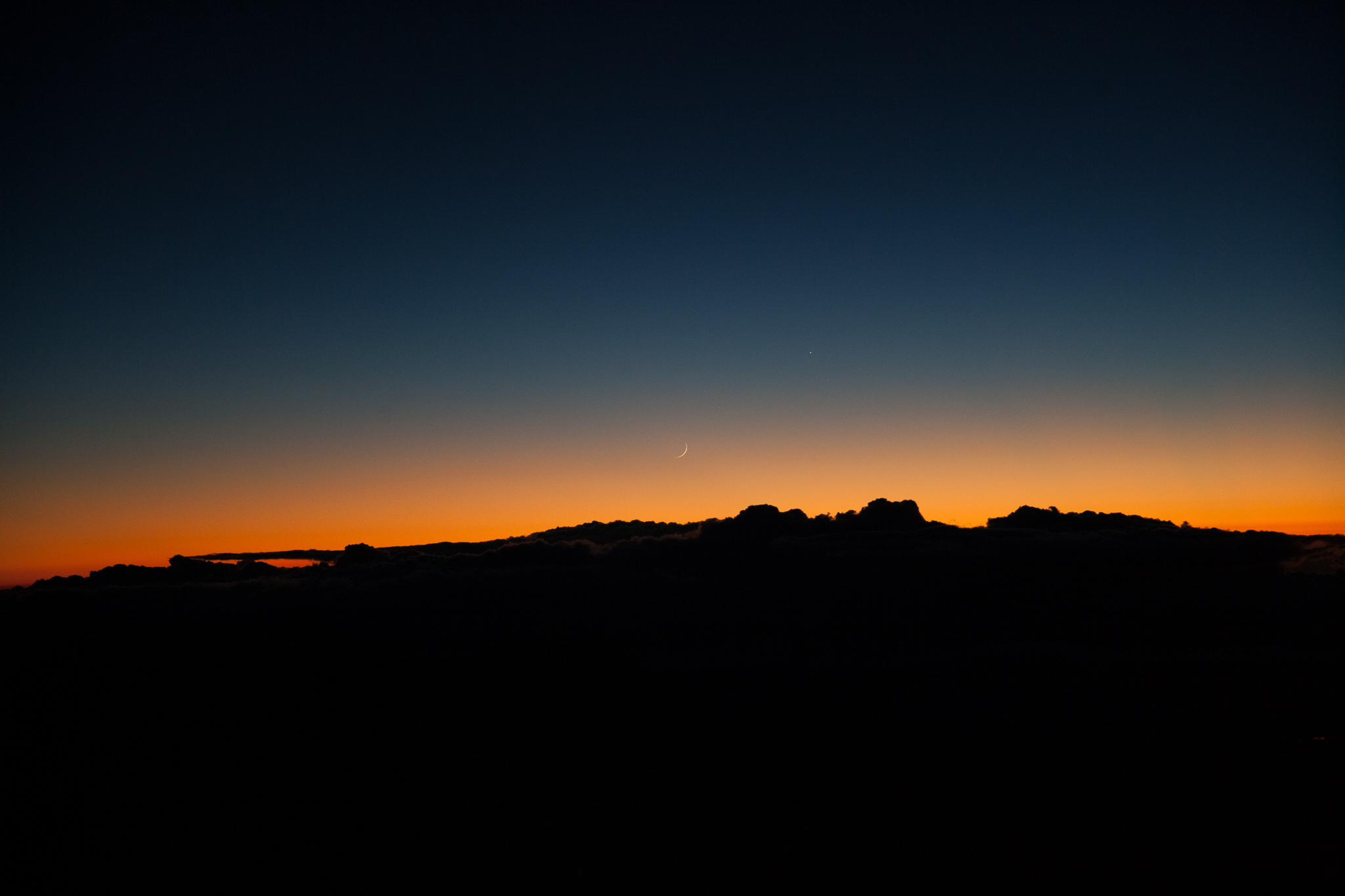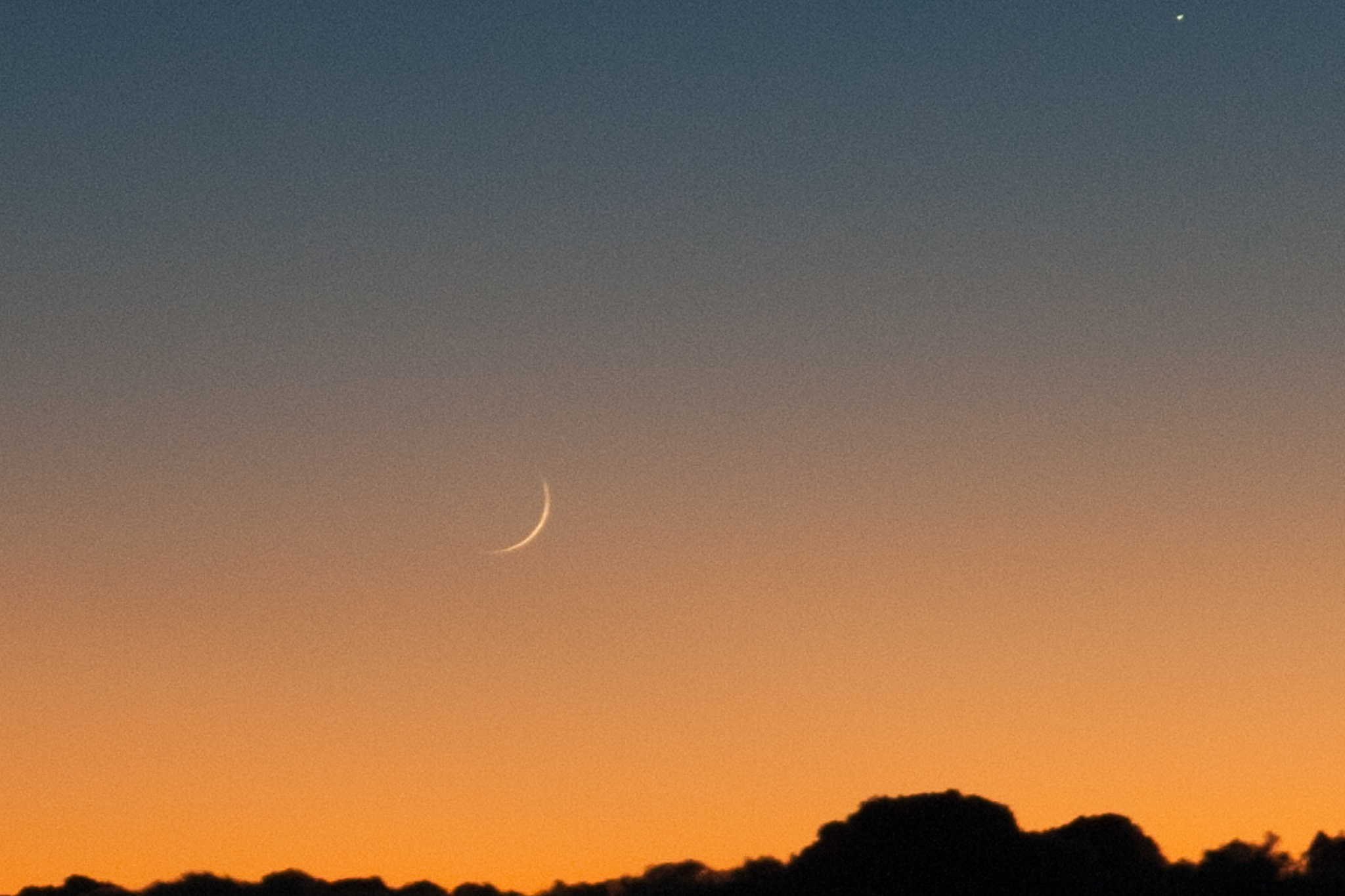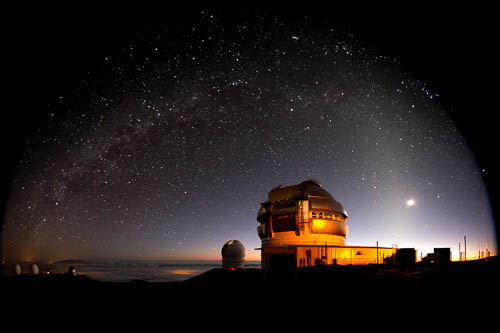The Gemini Observatory is a partnership of six countries: Argentina, Australia, Brazil, Canada, Chile and the United States. Forefront astronomical research is carried out with 8-m optical/infrared telescopes in Hawaii and Chile (see www.gemini.edu).
Gemini has an opening for one Science Fellow at each telescope – Gemini North, Hilo, Hawaii, and Gemini South, La Serena, Chile. These Science Fellow positions are for fixed three-year terms, with half of the Fellow’s time spent on personal research, and half on Observatory support duties. The Observatory expects to fill one position at each site annually, advertising in the 4th quarter for positions beginning in the 2nd or 3rd quarter of the following year.
The successful Science Fellow will propose a 3-year research program in which Gemini observations figure prominently. Individual scientific research is supported by a research budget, and a fraction of the time available on both Gemini telescopes is used for successful peer-reviewed staff proposals. Information on current and future instruments at each telescope can be found on the Gemini web pages. Fellows are members of the Gemini Research Faculty, actively and independently contributing to the research environment at the Observatory; collaboration with other Gemini staff is also encouraged.
Science Fellows at Gemini acquire significant training and experience in large ground-based telescope operations—becoming proficient both in state-of-the-art astronomical instrumentation and research, and in the techniques of modern, queue-based observing methods. Fellows may train as queue-scheduled observers and support external investigators in the preparation of their observations. Additional Observatory duties can include support of Gemini instrumentation, employing queue planning tools to construct nightly observing plans, and/or working on Observatory development projects, depending on the Fellow’s interests.
- Location: La Serena, Chile and Hilo, Hawaii
- Deadline for Application: 12/01/2014
- Job Code: 14-0170
For more information on this, how to apply, and other openings with Gemini, please see the Career Opportunities with Gemini Observatory page.
